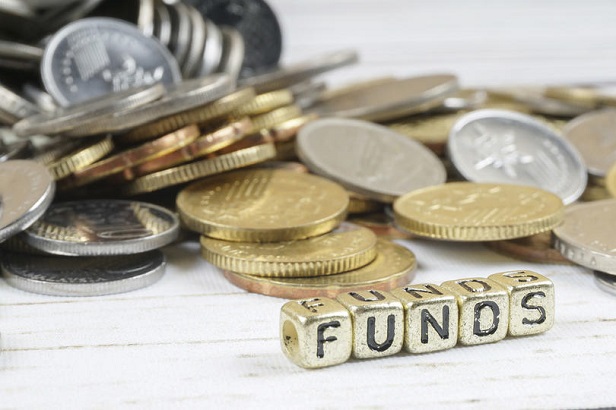Now that we’ve entered a period of economic turbulence, distressed funds are raising record levels of capital this year.
Usually, distressed funds perform well during certain economic conditions, including when monetary conditions have been dramatically eased and when high-yield debt issuance is high, according to a report on crisis-era distressed debt returns by Julian Falcioni at Preqin.
Right now, global interest rates are at all-time lows and corporate issuance is at an all-time high. By August, US high-yield issuances had already matched 2019’s number.
When COVID hit, distressed debt funds quickly launched new vehicles. In the first half of 2020, private debt fundraising hit $54 billion. Falcioni says that number was “not extraordinary, but around the average level for H1 or H2 in a given year since 2015. What is substantial, though, is the 25% increase since January 2020 in aggregate capital targeted by private debt funds on the road.”
The total in aggregate capital targeted by private debt funds on the road was $239 billion at the end of the first half of the year, which made it the largest six-month increase since 2015. Out of any strategy, special situations and distressed debt funds raised the most capital, at 36% and 29% respectively. In addition, 60% of private debt investors tracked by Preqin Pro are seeking to commit to at least one distressed fund in the next six months, according to Falcioni.
“If the worst of the COVID crisis has played out, then 2020 vintages have a favorable economic playing field to generate higher returns in the distressed debt space,” Falcioni writes. “And if financial market conditions worsen further, subsequent vintages could stand to benefit.”
You Have to Work for That Return
While returns on distressed funds have been solid in the last couple of cycles, commercial real estate investors can get in trouble if they don’t know what they’re doing.
“You can’t just run in, buy distressed and make a billion dollars,” Carol Faber, co-chair of Akerman’s distressed property practice told GlobeSt in an earlier interview. “You can’t just say, I can get it for X percent of what its value is, and I’m going to come in and I’m going to make a killing.”
Before someone buys distressed debt, they need to know the entire picture—about the loan, the asset and the ground under it. “You really need to understand the business side, the economics, the asset type, where it is located, and what you can do with the property,’ Faber said in the earlier interview.
